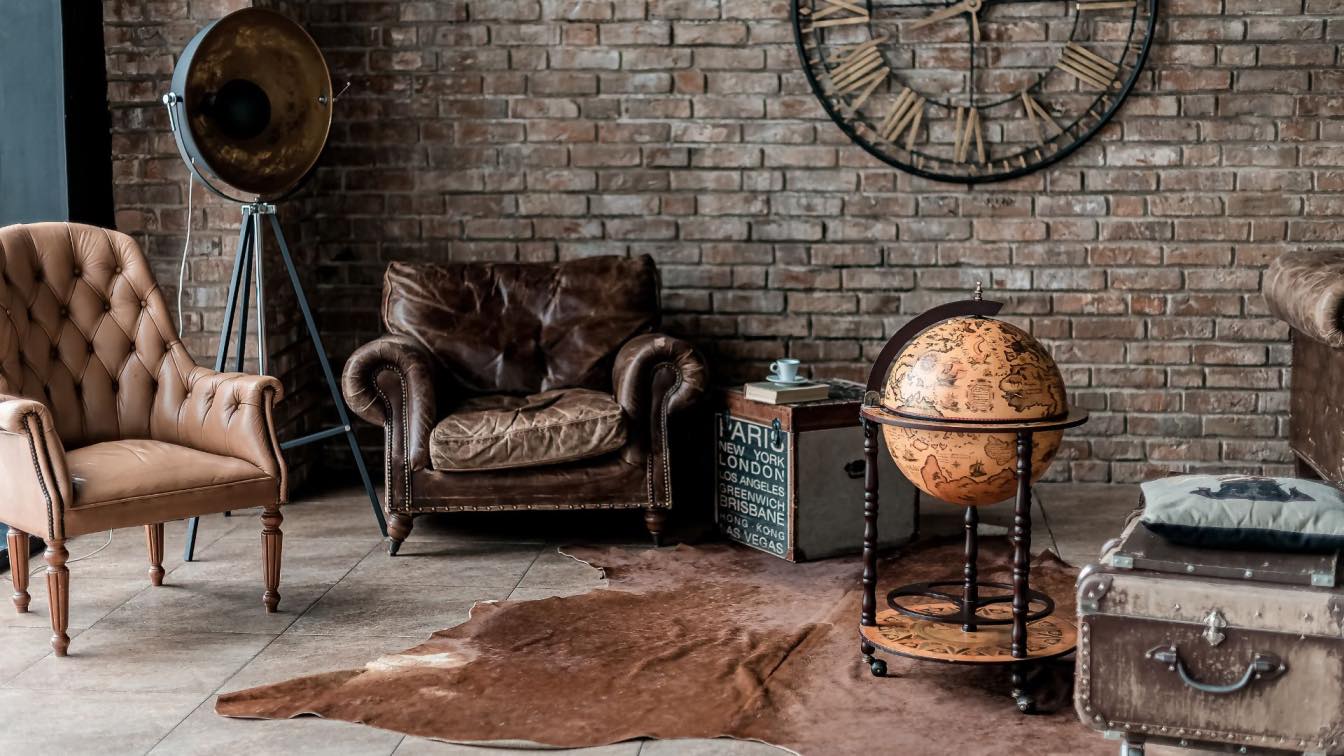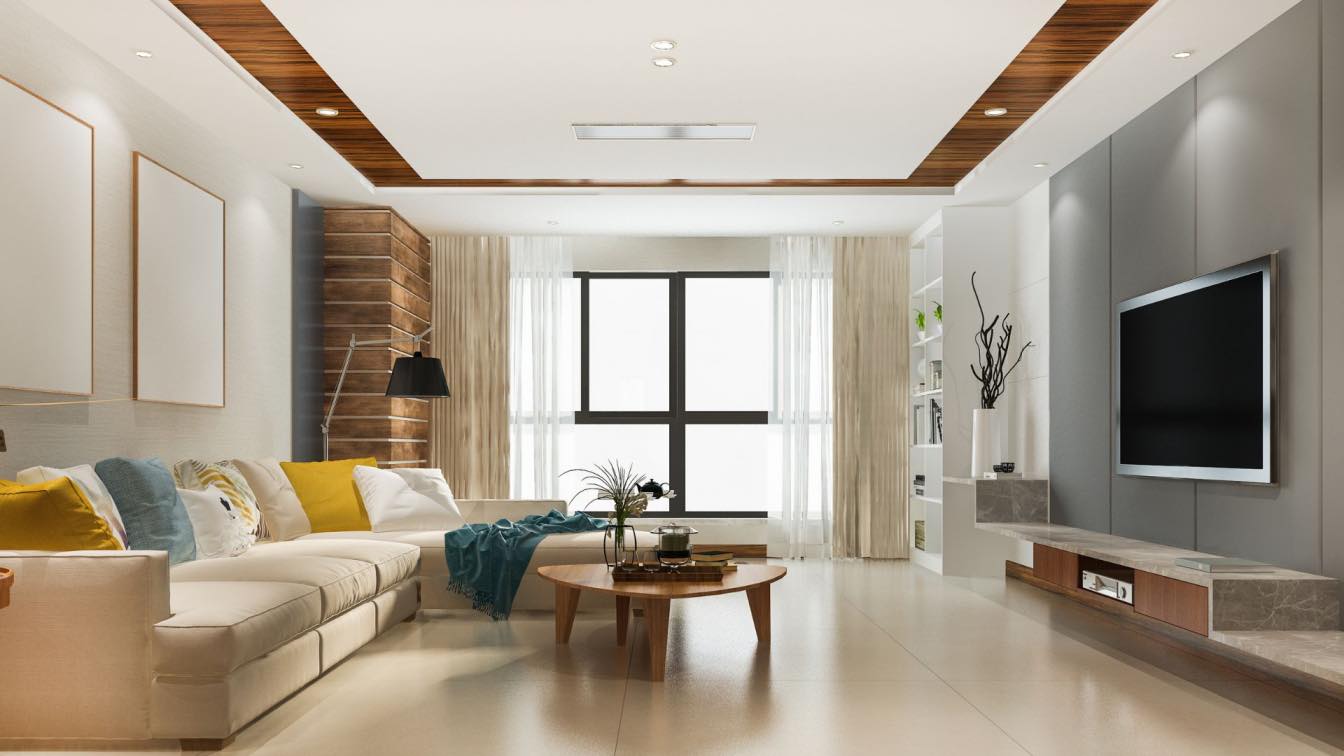Architecture today is increasingly defined by its relationship with the environment. From carbon-neutral materials to sustainable building systems, modern design places a premium on performance, resilience, and ecological sensitivity. In this context, architectural-grade artificial turf is emerging as a powerful approach in the architectural toolkit. Especially relevant in arid climates and urban developments, synthetic turf designed for modern landscapes blends aesthetics with practicality. It enables architects to transform outdoor areas into functional green spaces without compromising on design excellence or sustainability.
Rethinking Green Spaces in Architectural Design
As urban density increases, the need for accessible and maintainable green spaces has never been greater. Architects and planners are seeking alternatives to traditional lawns that demand excessive water and upkeep. Synthetic turf addresses this need while offering creative freedom. Its seamless integration with a wide range of architectural styles makes it a smart material choice. Whether used in rooftop gardens, minimalist courtyards, or public plazas, high-quality turf can serve as both a design feature and a sustainability asset.
Merging Performance With Design Intent
Innovative turf systems today are engineered to complement architectural expression. Textures, tones, and pile heights can be customized to suit specific design visions. Turf can simulate the softness of a natural lawn while maintaining precise control over its appearance. Architects can use it to shape visual rhythm across space or provide a calming counterbalance to hardscape geometry. These systems support performance goals by reducing water usage, minimizing maintenance, and improving site usability year-round.
A Sustainable Response to Water Scarcity
Water conservation is a critical challenge in many regions, especially the American Southwest. Turf innovation offers a sustainable landscape solution by eliminating the need for irrigation. This benefit alone supports LEED and WELL building certifications. It also aligns with net-zero design philosophies. Synthetic turf drastically reduces water consumption without sacrificing the green aesthetic prized in contemporary design. It promotes both ecological balance and client satisfaction.
Supporting Health and Wellness Through Biophilic Design
Biophilic design principles emphasize the importance of nature in promoting mental and physical well-being. Turf helps achieve this by creating inviting green zones that encourage interaction with outdoor space. Its tactile comfort and evergreen appearance help people feel connected to their environment. For projects that incorporate wellness as a design priority—like schools, senior living communities, or wellness centers—turf becomes a durable and welcoming material.
Climate-Responsive Materials for Urban Landscapes
Cities face increasing challenges from heat islands, impermeable surfaces, and limited vegetation. Turf designed for architectural use provides a climate-responsive alternative to concrete or pavers. Advanced infill materials can help regulate surface temperatures, making it comfortable for barefoot use. Turf also contributes to permeable landscape strategies by integrating with sub-surface drainage systems. This enables better stormwater management in high-traffic areas.
Design Versatility Across Project Types
From luxury residences to civic architecture, turf adapts across a spectrum of projects. It can function as a formal lawn in an institutional setting, a playful feature in a schoolyard, or a low-maintenance courtyard for a multi-unit residential building. Its ability to blend with decking, stone, and planting palettes makes it a versatile surface. This adaptability supports unified design language across complex developments.
Elevating Rooftop and Vertical Landscapes
Green roofs and terraces represent a frontier in urban design. Turf is an ideal material for these applications due to its light weight and modular installation. Unlike living grass, it requires no soil or irrigation. It preserves structural load capacity while still delivering a soft, green finish. Architects use turf on rooftops to create social areas, meditation gardens, and recreational zones that activate underused spaces.
Material Integrity and Safety
Modern synthetic turf is produced with non-toxic materials and often incorporates antimicrobial properties. It is lead-free and safe for children and pets. Fire-resistant ratings ensure it meets building codes, especially important in regions prone to wildfires. These performance standards support its use in public and institutional landscapes where safety is a critical concern. Product certifications and warranties also provide reassurance to clients and specifiers.
Seamless Integration With Hardscape Elements
Turf complements architectural elements such as retaining walls, stairs, water features, and shade structures. Its uniform color and texture provide visual relief in hard-edged environments. It softens transitions between paving materials and encourages movement across the site. By using turf to unify disparate zones, architects create a cohesive spatial narrative that enhances user experience.
Reducing Maintenance Burdens for Clients
One of turf's major appeals is its minimal maintenance requirements. No mowing, fertilizing, or watering means lower long-term costs and less environmental impact. For commercial developments and institutional facilities, this translates to operational savings. Architects can present turf as a responsible and cost-effective option that supports green infrastructure goals.
Enhancing Aesthetics in All Seasons
Unlike natural lawns that fade or patch during temperature extremes, high-performance turf maintains its appearance year-round. This visual consistency is especially important for projects with strong public visibility or branding concerns. It also supports photography, marketing, and architectural presentation by providing an evergreen canvas.
Installing With Precision and Artistry
Proper installation is essential to achieve the seamless appearance that architects and clients expect. Turf systems are installed over engineered bases with drainage layers, ensuring durability and performance. Edges are trimmed to exact tolerances. Infill is brushed to create upright, natural-looking blades. The result is a landscape that looks meticulously groomed and architecturally refined.
Applications in Educational and Cultural Spaces
Schools, libraries, and cultural institutions benefit from safe, durable turf areas. These spaces support passive learning, play, and social interaction without the upkeep of natural grass. Turf’s resilience to high foot traffic makes it ideal for courtyards, amphitheaters, and entry plazas. It contributes to inclusive design by offering accessible surfaces for people of all ages and mobility levels.
Landscape as an Extension of Architectural Language
In well-executed architecture, the landscape is not an afterthought. Turf can act as a medium that extends the form, materiality, and rhythm of the building into the site. It highlights circulation paths, delineates program zones, or offers a visual pause in active areas. This approach reinforces the narrative of the architecture and adds to the overall spatial experience.
Contributing to Regenerative Design Strategies
Regenerative design moves beyond sustainability by restoring and enriching ecosystems. Turf systems made from recycled materials and designed for recyclability at end-of-life contribute to this goal. When integrated into holistic site plans, they support soil health, reduce carbon output, and limit land disturbance. This aligns with the goals of architects aiming to design for the next century.
Collaboration Between Designers and Installers
Successful projects require collaboration between architects, landscape designers, and turf installation specialists. Early coordination ensures material selection, drainage strategies, and edge details are properly integrated into construction documents. This process minimizes field revisions and supports design fidelity. It also ensures the turf performs as intended across the life of the project.
Emerging Technologies in Turf Manufacturing
Manufacturers are developing turf products with smart features such as temperature-responsive fibers, built-in lighting, or solar-absorbing capabilities. These innovations open new possibilities for interactive landscapes, event spaces, and nighttime use. Architects interested in pushing material boundaries can explore custom solutions to suit their project goals.
Future-Proofing Urban Spaces With Synthetic Turf
As cities become denser and climate conditions more extreme, synthetic turf offers a reliable landscape material. It supports future-proofing strategies by reducing resource needs and increasing usability in compact sites. Whether used for infill development, adaptive reuse projects, or new construction, turf aligns with resilient design thinking.
Testimonials From the Field
Design professionals report strong client satisfaction with turf applications. Facility managers appreciate the ease of upkeep. Residents enjoy the evergreen look and comfort. Children benefit from soft, clean play environments. These endorsements underscore turf’s versatility and performance in real-world conditions.
Case Example: Urban Courtyard Renewal
In a recent urban multifamily development, a central courtyard was redesigned to replace a failing lawn with synthetic turf. The new space retained its green character but reduced water use by 90 percent. It became a gathering place for residents and required almost no maintenance. The installation blended seamlessly with the building’s contemporary architecture and received positive feedback from users and the design team.
Aligning With Global Architecture Trends
The shift toward resilient, sustainable materials is global. Architects in Europe, Asia, and North America are specifying turf in parks, museums, hospitals, and housing. This trend reflects a broader awareness of environmental stewardship and long-term design value. Turf’s rise in architectural circles speaks to its relevance across cultures and climates.
Summary and Final Thoughts
Architectural-grade artificial turf represents a powerful intersection of material science and design vision. It empowers architects to create greener, more livable spaces without the limitations of natural grass. As expectations rise for performance, sustainability, and beauty in landscape design, synthetic turf proves itself as a future-ready solution. Whether applied in residential courtyards or cultural institutions, this material continues to redefine what is possible in architectural landscaping.





